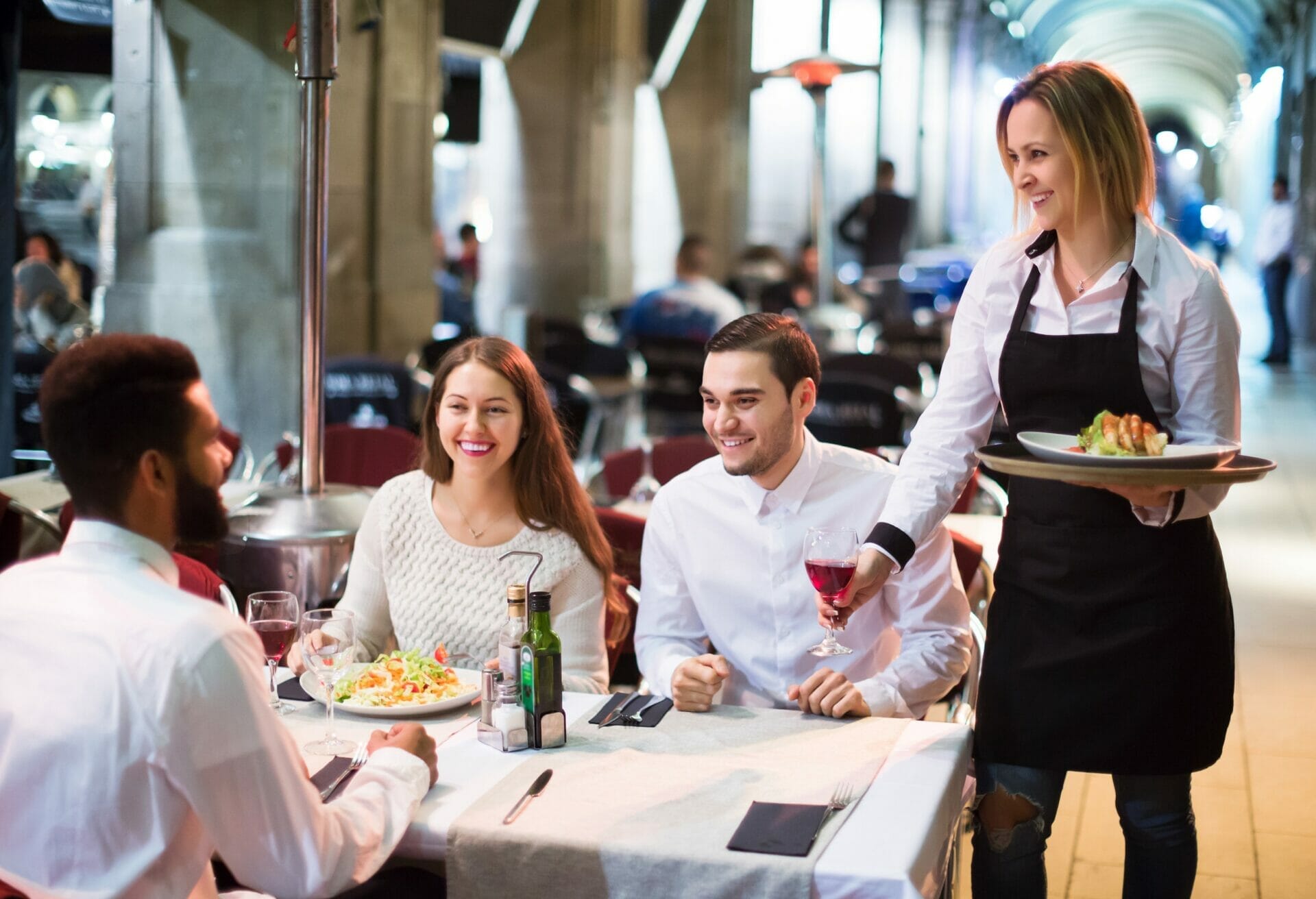ヨーコがアメリカからやってきたケビンと会うことになりました。下町を一緒に見て歩き、食事をすることになりました。
彼らは、釜めし屋さんへ入りました。ケビンにとっては釜めしを食べるのは初めてです。釜めしを注文する前に、メニューを見ながら説明することになりました。
その時の様子を覗いてみましょう。
★会話★
Yoko and Kevin are at the Kamameshi restaurant.
Yoko: Have you ever eaten Kamameshi?
Kevin: No, I haven’t. Can you explain about it?
Yoko: Yes, there are rice, meat and vegetables in a small pot.
It is seasoned with soup and soy sauce.
That is cooked in an individual pot.
Kevin: That sounds nice.
(Kevin is pointing to the menu.)
What’s this?
Yoko: It’s crab Kamameshi.
Kevin: Oh, I can’t eat it.
Because I have an allergy to crabs.
Yoko: Well how about this one?
Crab is not contained in this pot.
Shiitake mushrooms, chicken and shrimps are contained there.
Kevin: That’s nice.
I’d like to have it.
★ワンポイント★
Have you ever+動詞過去分詞:現在完了形で「あなたは今までに~したことがありますか?」の意。
explain:「説明する」
pot:「鍋」
season:「味付けをする」
soup:「だし」
soy sauce:「しょうゆ」
individual:「個々の」
sound~:耳からの情報で「~のように思える」
allergy:「アレルギー」
crab:「カニ」
contain:「~を含む」
Shiitake mushroom:「シイタケ」
chicken:「鶏肉」
shrimp:「小エビ」

★和訳★
Yoko and Kevin are at the Kamameshi restaurant.
(ヨーコとケビンが釜めし屋にいます。)
Yoko: Have you ever eaten Kamameshi?(釜めしを食べたことがある?)
Kevin: No, I haven’t.(いや、ないよ。)
Can you explain about it?(それのことを説明してくれる?)
Yoko: Yes, there are rice, meat and vegetables in a small pot.
(ええ、小さな釜にご飯、肉、野菜が入っているの。)
It is seasoned with soup and soy sauce.
(だしとしょうゆで味付けされているわ。)
That is cooked in an individual pot.
(一人用の釜で料理されるのよ。)
Kevin: That sounds nice.(それは、よさそうだね。)
(Kevin is pointing to the menu.)
(ケビンがメニューを指さしている。)
What’s this?(これは何?)
Yoko: It’s crab Kamameshi.(それはカニ釜めしよ。)
Kevin: Oh, I can’t eat it.(あ、僕は食べられないな。)
Because I have an allergy to crabs.(僕はカニアレルギーなんだ。)
Yoko: Well how about this one?(じゃあ、これはどうかしら?)
Crab is not contained in this pot.
(この釜にはカニは入っていないわよ。)
Shiitake mushrooms, chicken and shrimps are contained there.
(しいたけと鶏肉、そして小エビが入っている。)
Kevin: That’s nice.(それはいいね。)
I’d like to have it.(それを食べたいな。)
[s_ad]



